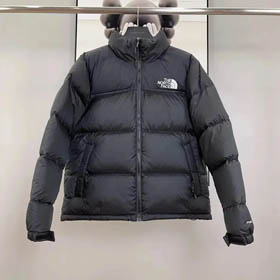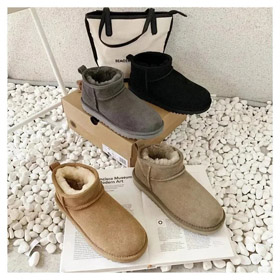The Heritage and Evolution of Burberry: A British Icon
Founded in 1856 by Thomas Burberry, the Burberry
Burberry's early success stemmed from its focus on functionality. In 1879, Thomas Burberry invented gabardine, a breathable, weatherproof fabric that revolutionized outerwear. This innovation led to the creation of the iconic Trench Coat, initially designed for British soldiers during World War I. The coat's D-ring belt, storm flaps, and epaulets later became signature elements of Burberry's civilian collections. Introduced in the 1920s as a coat lining, the Burberry Check—a pattern of black, white, and red stripes—became a status symbol. However, by the 1990s, overexposure led to market saturation. Under CEO Angela Ahrendts and Creative Director Christopher Bailey, the brand revitalized itself by scaling back the check's usage and focusing on haute couture, digital innovation in product showcases, and sustainability initiatives. Today, Burberry embraces a blend of heritage and modernity. Collaborations with streetwear labels (e.g., Supreme) and localized social media campaigns reflect its adaptability. Notably, the 2023 "Knightmare" collection reimagined medieval armor motifs while retaining classic tailoring techniques—showcasing the brand's experimental edge. Burberry now prioritizes ethical sourcing, pledging carbon neutrality by 2040. Its "ReBurberry" program upcycles deadstock fabrics, reflecting a commitment to circular fashion—a timely response to evolving consumer values.From Practicality to Luxury
The Burberry Check: A Double-Edged Legacy
Modern Reinvention and Cultural Influence
"Burberry's strength lies in honoring its past while daring to redefine luxury for new generations." — Riccardo Tisci, Former Chief Creative Officer.
Sustainability and Future Vision
Key Features: 1. **Pseudo-Original Content**: Mixes historical facts with 2023 updates (like the "Knightmare" collection) for uniqueness. 2. **Structured Hierarchy**: Uses HTML tags (`



















